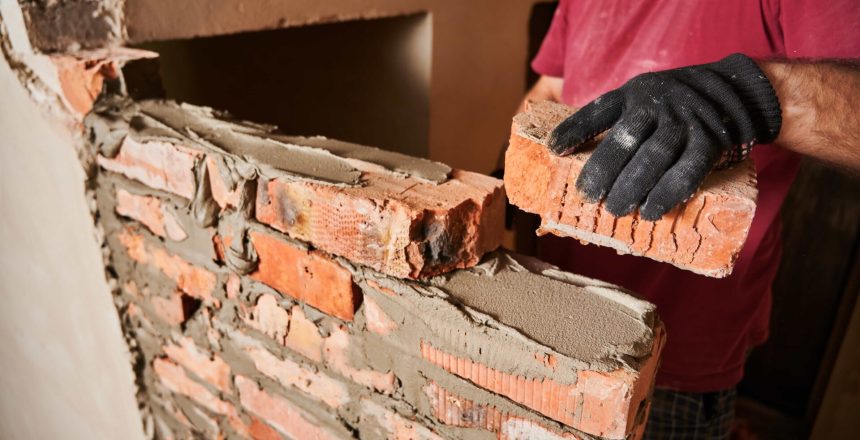Both concrete and masonry are prone to wear and tear over time. In some cases, you may need to lightly restore the area, while in other cases, you may need a complete replacement. Both these tasks are quite different from each other; they require different accessories and cost different.
Knowing which one to go for can save you time, money, and stress. Here is a quick overview of what each entails and when you should consider getting it.
Concrete and Restoration
Concrete is prone to pitting, saltwater damage, cracks, spalls, and many other problems. These are especially common on concrete that is exposed to the elements, such as the driveway or the exterior of a wall. In such a situation, you need to check the depth of the damage. Sometimes what seems like a hairline crack on the surface can turn out to be a complete rip through the entire depth of the concrete layer.
For restorations, you want the damage to be less than 1-2 inches deep at most. Anything more than that will be rather hard to fix with a simple restoration. There are many products on the market that are made specifically to restore these minor issues. Many of these concrete repairing formulas have added acrylic fortifiers that make the product stronger and help to rebuild the surface to its original strength.
A lot of the concrete damage that property owners face is called delamination, where the surface of the concrete has simply lost its finish. The lower layers of the concrete are still intact and perfectly healthy, but the outermost layer looks completely worn out. This is another case where restoration is a good option as compared to a full replacement.
Replacements can get quite expensive, especially if you are doing a complete driveway or a load-bearing wall. Moreover, it is a labor-intensive and time-consuming process to replace a concrete area.
Concrete Replacement
Concrete replacement is recommended in situations where the damage is more than 2 inches deep or in cases where repairing the surface will not give the concrete the strength it needs to function properly and safely.
This involves completely removing the existing concrete and redoing everything from the ground up. If you are going for a replacement, you may as well consider getting a strengthened cement or an Ultra-High-Performance Cement which will handle stress better and last longer. Naturally, replacement jobs are far more expensive than repair jobs.
Masonry Restoration
Masonry fittings such as tiles, blocks, and clay tiles are prone to chipping and cracking. Sometimes an entire tile can fall off the wall or break while still installed. The grout from underneath the masonry fittings can also weaken and cause the masonry unit to fall out or get damaged.
In these situations, you can repair the masonry by getting a new tile or a new block and replacing the old, damaged ones. With a bit of cement or grout, you can quickly install the new piece.
Masonry Replacement
Masonry replacement is a good option when there is a lot of damage, or you need to repair a significant portion of an area. In this case, you will be removing the masonry fitting and clearing away the surface to the bare structure. Then using grout, joints, and any other necessary components, you will rebuild the surface to the finished look.
Today, there are many products available for replacement and repair work for masonry and concrete. If you aren’t sure about what you should do, or how you should do it, get in touch with our experts to find out what will be best for you. Call DC Byers in Grand Rapids at (616) 538-7300 for a full analysis of your building’s restoration.
